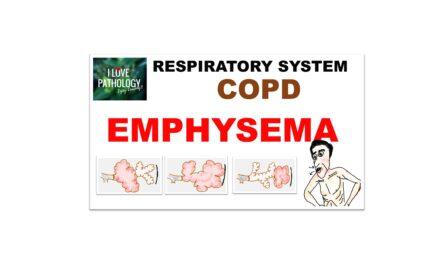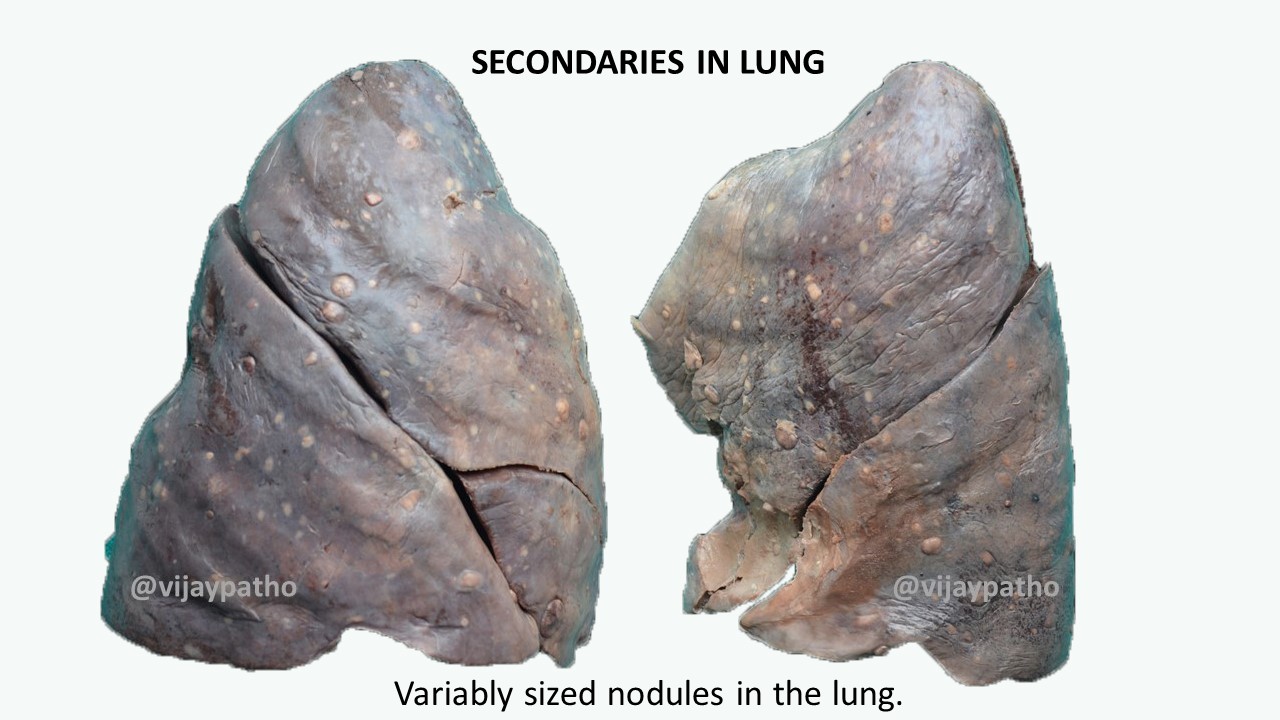SILICOSIS
SiO2 is a compound of the two most prevalent elements in the Earth’s crust, silicon and oxygen.Silica makes up 59 percent of the earth’s crust.
High Risk Occupations
Foundry worker
Sand blasting
Hard rock mining
Stone cutting
There are two types of silica namely crystalline and amorphous as shwn below. Crystallline form is more fibrogenic as compared to amorphous form

Silicosis refers to the lung disease attributed to the inhalation of crystalline silicon dioxide (silica)
It is the most frequent occupational lung illness in the world, Estimated 1 million workers are exposed to high levels of silica. The introduction of air-handling equipment and face masks has lowered the prevalence of silicosis significantly.
Pathogenesis: as illustrated below.

Crystaline silica after being ingested by alveolar macrophages, silicon hydroxide groups on the particle’s surface establish hydrogen bonds with phospholipids and proteins, causing cell membrane damage and macrophage death. Free silica and fibrogenic substances are produced. Free silica are then consumed by additional macrophages, amplifying the process.
The mediators released are IL-1, IL-18 TNF, fibronectin, lipid mediators, oxygen-derived free radicals, and fibrogenic cytokines
the final outcome is silicotic nodule which contains bundles of interlacing collagen surrounded by minimal inflammatory reaction along with fubroblasts and dust laden macrophages.

Pathology : The pathology of silicosis is determined by its chronicity, incubation duration, and amount of exposure. The three forms of silicosis are as below
Chronic /Classical silicosis
Accelerated Silicosis
Acute Silicosis

Clinical features: Dyspnea-initially with exercise
Cough with or without sputum
Wheezing or chest tightness which can lead to respiratory failure
Chest X-ray of Uncomplicated Silicosis:
Hilar node enlargement may occur prior to parenchymal illness.Uncomplicated silicosis has small round opacities. Egg-shell calcification of the hilum is suggestive of silicosis
Morphology:
Grossly:Initially pale nodules in the upper lobe of lung, If there is coal dust present, the nodules might turn black.In severe illness, these nodules develop into hard collagenous masses.
Cavitation may be observed in rare cases as a result of ischemia or secondary infection (most often TB).
Microscopically as described above.

Complication of Silicosis: Susceptible to tuberculosis/ Atypical mycobacterium leading to silicotuberculosis. The stage and kind of illness are two factors that may have an impact (acute silicosis high risk for TB)
Why susceptibility to tuberculosis?
Silica damages macrophages, thereby Macrophages’ ability to destroy mycobacteria is impaired.
Other complications include Cor pulmonale,Spontaneous pneumothorax,Collagen vascular disease (scleroderma) &Lung Cancer
Treatment : No specific treatment. Only supportive treatment.
CLICK HERE to view the Video tutorial











Recent Comments